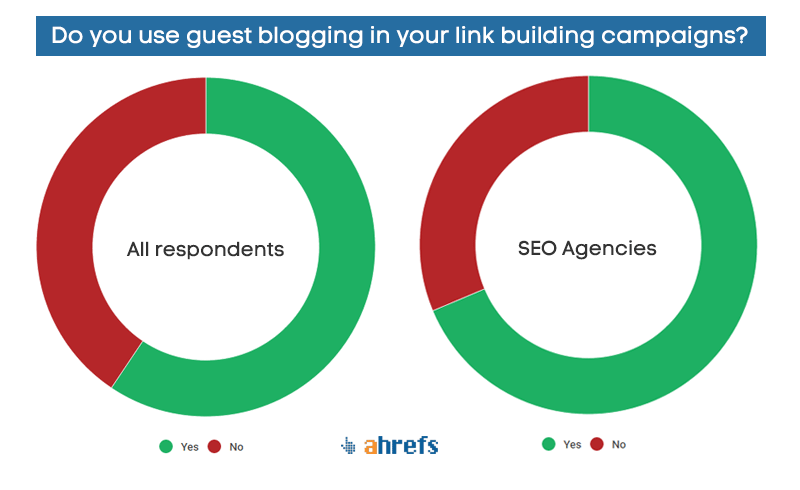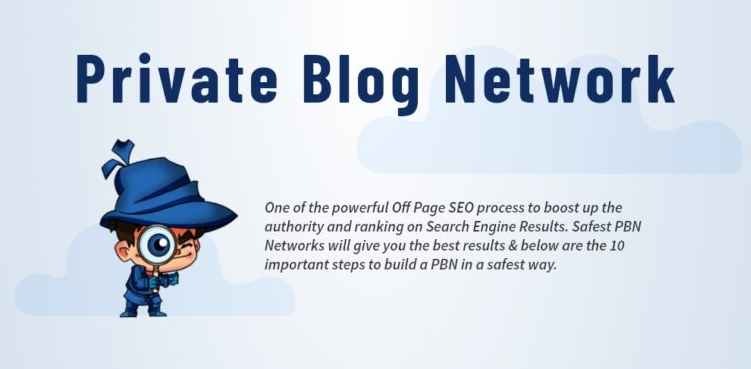All Categories
Featured
Table of Contents
- – What Are The Leading Schema Markup For Semanti...
- – Who Is The Top Semantic Seo Platform Company
- – Who Makes The Leading Semantic Seo Insights
- – What Is A Good Price For A Semantic Search Ra...
- – Who Has The Most Recommended Semantic Search...
- – What Is The Most Reputable Semantic Seo Serv...
- – What Is The Most Recommended Semantic Search...
This is since search engines have actually developed and are moving extra and much more towards checking out material on the web. Of course, that has also altered the method we produce web content, particularly if we want to rate far better in the search engines.
, the pioneer of the Net, spoke of to represent the concept that all things in the universe are deeply interconnected. Intertwingularity is not generally acknowledged, individuals maintain claiming they can make points deeply ordered, categorizable and sequential when they can't. Whatever is deeply intertwingled. Based on the connections between search intentions, the online search engine likes a material ready by computing the range in between the vectors of significance.
It allows you to see, beginning with a topic, all the entities that are related to that topic. By doing this you can plainly see which entities/concepts/ideas have already been covered on your web site, and you can discover brand-new chances by understanding what content you can add and exactly how to create it.
What Are The Leading Schema Markup For Semantic Seo Companies?
It is able to make your material easy to understand for online search engine on the one hand and for your audience on the various other. Structuring your web content version highlights your material and its hidden relationships so that internet search engine can recognize you among thousands of items of details, making you a lot more noticeable to customers that fulfill the search intent pertaining to your business.
In semantic SEO copywriting, an editor begins with a wider range of subjects and customizes the web content to include semantically relevant terms and expressions that aid readers recognize a topic, comparable to checking out content in a wiki. From a content writing perspective, one useful means to do this is to develop a vocabulary of terms and questions surrounding your target subject.
Who Is The Top Semantic Seo Platform Company
Find out a lot more regarding by seeing the by!.

Semantic search describes the process of exactly how online search engine recognize and match key words to a searcher's intent in natural search engine result. Before semantic search, search engines like Google operated like matchmakersaligning details words in your inquiry with those specific words on webpages. The outcomes were simple but commonly did not have depth.
Who Makes The Leading Semantic Seo Insights
It makes it possible for Google to provide fast, precise answers to search inquiries about real-world subjects. When you type an inquiry word into Google, you're not just entering a series of words.
When you browse for "Apple," Google doesn't simply see a word that explains a fruit. It acknowledges Apple as a business and can give associated information. Like the name of its CEO, Tim Cook, or its most current stock rates. Google revealed the Hummingbird update in 2013. It was Google's solution to the surge of voice searches, where inquiries came to be a lot more conversational and nuanced.
What Is A Good Price For A Semantic Search Ranking Improvements?
By incorporating NLP, Hummingbird allowed Google to relocate beyond plain keyword matching. It helped the search engine comprehend search intent, boosting the probabilities that results would precisely match the reason behind a user's search.
Making it extra efficient at taking care of never-before-seen search questions. RankBrain thinks about more than just search phrases when analyzing a search query.
It brings results that match the key phrases and straighten with the overall intent of offering young puppy training guidance. And if the user often looks for dog-related web content, Google could prioritize a lot more detailed training guidesrecognizing the customer's ongoing rate of interest in the subject. Integrating innovations like the Understanding Graph, Hummingbird, and RankBrain, semantic search assists the Google algorithm translate and link information across a huge web of details.
Who Has The Most Recommended Semantic Search Engine Results Pages (Serps)?
The focus shifts from keyword selection to an all natural approach encompassing individual intent, topical relevance, and total user experience. Creating content that deals with the searcher's needs with extensive info can improve your SERP rankings. Listed below, we outline the fads and practices that settle the need for semantically notified web content. Later, we give workable tips to transform these insights right into best practices.
And type of web content can best satisfy their needs. A wider technique to material aligns better with semantic search's change away from precise keyword matching and toward individual intent. Which discusses the increased concentrate on subject collections, rather than individual key phrases. Web content that covers search inquiries better not only satisfies users.
And 5 times greater than websites that take 10 secs to lots. While technological search engine optimization makes certain ideal web site efficiency and ease of access, concentrating on customer experience (UX) takes it a step even more. UX aims to produce a visually attractive, user-friendly user interface with interesting, top quality material that urges visitors to remain. Semantic search modern technology allows search engines to go for outcomes that supply the most effective feasible UX.
What Is The Most Reputable Semantic Seo Services In The World

All showcase Google's ability to attend to a subject query thoroughly. By recognizing the context and intent behind user inquiries, online search engine can deliver much more relevant info and possibly enhance user interaction. Personalization in search results makes for far better UX.Based on your past search history and choices as a customer, semantic search assists online search engine tailor the results to fit your unique requirements and interests.
It brings results that match the key phrases and align with the overall intent of giving puppy training guidance. And if the customer frequently looks for dog-related material, Google might focus on a lot more comprehensive training guidesrecognizing the customer's ongoing rate of interest in the topic. Combining modern technologies like the Expertise Chart, Hummingbird, and RankBrain, semantic search assists the Google algorithm interpret and link information throughout a huge internet of info.
What Is The Most Recommended Semantic Search Engines Available Today
The emphasis changes from keyword selection to a holistic technique including customer intent, topical relevance, and overall customer experience. Producing content that attends to the searcher's requirements with detailed information can boost your SERP positions. Below, we detail the trends and practices that consolidate the requirement for semantically notified content. Later on, we supply actionable pointers to transform these insights into best techniques.

A wider strategy to material aligns much better with semantic search's shift away from specific key words matching and toward individual intent. Content that covers search questions a lot more extensively not only satisfies individuals.
UX aims to produce an aesthetically appealing, user-friendly user interface with interesting, high quality content that motivates visitors to remain. Semantic search innovation enables search engines to aim for outcomes that supply the best feasible UX.
All showcase Google's capability to attend to a subject question thoroughly. By recognizing the context and intent behind user inquiries, search engines can supply a lot more pertinent info and possibly boost user involvement. Personalization in search results page creates far better UX.Based on your previous search background and preferences as a customer, semantic search helps online search engine tailor the results to suit your one-of-a-kind requirements and interests.
Table of Contents
- – What Are The Leading Schema Markup For Semanti...
- – Who Is The Top Semantic Seo Platform Company
- – Who Makes The Leading Semantic Seo Insights
- – What Is A Good Price For A Semantic Search Ra...
- – Who Has The Most Recommended Semantic Search...
- – What Is The Most Reputable Semantic Seo Serv...
- – What Is The Most Recommended Semantic Search...
Latest Posts
Which Is The Most Trusted Semantic Search Engine Optimization Provider
What Is The Most Reliable Semantic Seo Content Strategies Available
Who Offers The Most Reliable Semantic Search Optimization Services
More
Latest Posts
Which Is The Most Trusted Semantic Search Engine Optimization Provider
What Is The Most Reliable Semantic Seo Content Strategies Available
Who Offers The Most Reliable Semantic Search Optimization Services